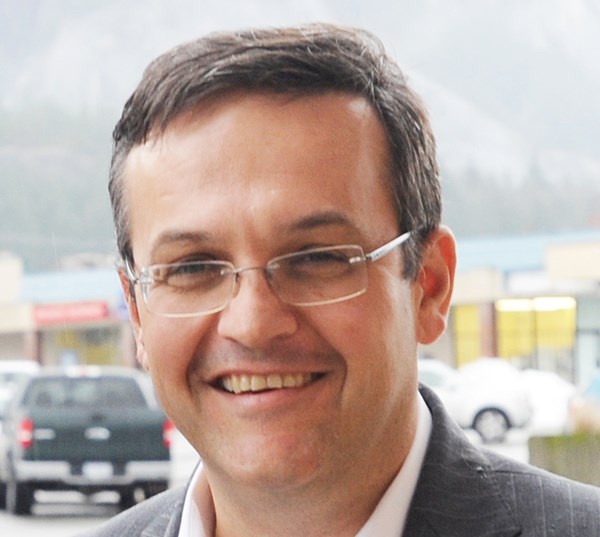Despite the ongoing controversy around the once-through seawater cooling system proposed for the planned Woodfibre LNG export facility, officials have no plans to turn to another type of system.
“The reality is we are still proposing the seawater cooling,” said Byng Giraud, Woodfibre LNG vice-president of corporate affairs. “That is not to say we’re not looking at other methods or not looking at ways of improving seawater cooling.”
Heat is created during the liquefaction of natural gas and that heat is typically removed through either an air system – with air cooling towers – or through a seawater system, as is proposed for Woodfibre LNG. About half of the LNG facilities in operation around the world use the seawater cooling system, according to Woodfibre LNG.
Giraud said contrary to popular belief, the seawater cooling method is not the least expensive choice and could in fact be the most expensive.
“My engineers have been pretty unequivocal with me that this is not the cheapest option by any stretch of the imagination,” said Giraud.
“The big issue for us is really the efficiency and the consistency of the water temperature in Howe Sound,” he said.
The impact of the proposed cooling system on marine life and the health of Howe Sound was one of the top concerns raised by residents during the District of Squamish’s consultation process and is one of the top concerns raised in the letter from the district in its official response to the LNG project to the Environmental Assessment Office (EAO) April 30.
The district has asked the EAO to require Woodfibre LNG to more fully explain its choice for pursuing a seawater cooling system, provide more information on the possible negative impacts to marine life of the once-through cooling system and to require the company design the system to minimize its negative impact or conversely to require Woodfibre LNG to use a different system.
Local environmentalist John Buchanan and Stan Proboszcz, a biologist with Propeller Strategy, a non-profit marine advocacy group, have said that herring and everything that eats them are at risk from the underwater intake system of the proposed facility. Woodfibre LNG representatives say they are currently sending divers into Howe Sound to check for herring spawn and are still designing the final intake system that will adhere to Department of Fisheries and Oceans guidelines.
The Squamish Nation is still doing its own independent assessment of the proposed LNG projects.
An assessment by the EAO is expected in July and a final decision by government ministers is expected in late summer.



